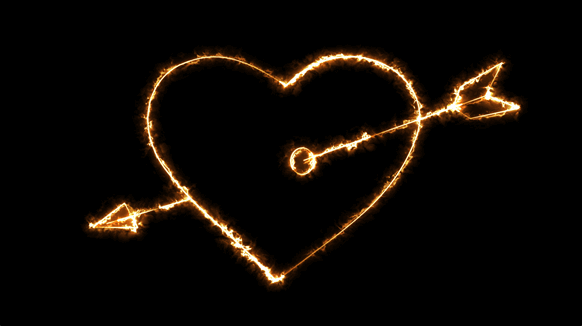A European Union platform for collective gas purchases by member countries has matched some 423.78 billion cubic feet (12 billion cubic meters) in potential deals with international suppliers.
Under the EU Energy Platform, which is part of the REPowerEU strategy, the 27-member bloc can pool demand, negotiate with international partners and coordinate collective purchases. The platform is part of strategies to diversify supply outside of Russia.
After the Russian invasion of Ukraine in February 2022, the EU declared on March 11 of that year the phase-out of fossil fuels from its traditional energy source by 2027 and 18 of May 2022 launched the REPowerEU which outlines measures to achieve this goal.
On May 16, 2023, the EU announced that the first international tender under the Joint Gas Purchase Platform had matched suppliers with customers for nearly 385 Bcf (10.9 Bcm) in potential purchases.
The second round exceeded it by about 35 Bcf (1.0 Bcm), the European Commission said in a press release last week.
The EU recorded around 562.21 Bcf (15.92 Bcm) of demand in the latest round and 25 “reliable international suppliers” offered to supply approximately 536.43 Bcf (15.19 Bcm).
The joint purchasing service, operated by Prisma European Capacity Platform GmbH, “matched the most attractive offers with customer demands,” the commission said.
“All participants have been informed of the results of the matching and will now be able to start contractual negotiations, with total confidentiality and outside of the AggregateEU mechanism”, he added, referring to the service for aggregating demand and purchases.
AggregateEU welcomes producers from any country except Russia. On the other hand, in addition to EU companies, buyers can also be from Albania, Bosnia and Herzegovina, Georgia, Kosovo, Moldova, Montenegro, North Macedonia, Serbia and Ukraine.
Potential buyers in the second tender have scheduled deliveries between August 2023 and March 2025, according to European Commission Vice President Maros Sefcovic. “This was intended to cover the full year of gas and accommodate the purchasing patterns of some energy-intensive industries that purchase gas over longer periods of time,” he said when announcing the results in Brussels.
About 194.23 Bcf (5.5 Bcm) of the total volumes set for trading in the second tender are LNG, while more than 226 Bcf (6.4 Bcm) of potential sales are pipelines, according to Sefcovic . Most of the potential first-round volumes were also to be delivered by pipeline, according to the EU’s May 16 announcement.
The volumes offered by suppliers in the bidding process of the first tender exceeded the published demand of about 409.65 Bcf (11.6 Bcm) by almost 64 Bcf (1.8 Bcm).
Sefcovic said: “The positive results of this second call show that there is a need and a clear added value in joining efforts, uniting our demand and working together to ensure a stable and affordable gas supply to the EU market” .
“Now it is important to guarantee that a model that works can be a model that is maintained”, he added.
Sefcovic called for the expansion of the common procurement platform to include hydrogen, renewable gases, strategic raw materials and other raw materials.
The commission said: “Further rounds of aggregation and bidding will follow in late 2023, with the next one expected to start after the summer.”
The EU has set a minimum of 15 percent, or about 476.75 Bcf (13.5 Bcm), for participation in storage volumes from AggregateEU purchases.
In addition to diversifying sources through the platform to divorce Russian energy, REPowerEU also foresees approximately $11 billion (€10 billion) in investments by 2030 to build LNG import terminals, gas pipelines and related infrastructures.
Traditionally the main market for Russian energy, the EU accounted for only eight percent of that country’s mineral fuel exports in December 2022, and the region’s share had fallen steadily since March 2022, when the The EU accounted for 17.4 percent of total Russian shipments, according to a report. World Bank Report 6 June 2023 EU intake in March 2022, the month after the outbreak of war, was the highest in the bloc in data from January 2019 to March 2023 which the World Bank presented in the report of world economic prospects. The EU’s share of Russian mineral fuel imports stood at 2.2 percent in March 2023, the data showed.
To contact the author, please email jov.onsat@rigzone.com


